How to Improve CTR (Click-Through Rate) from…
Maximize Your Online Visibility: Simple Strategies to…
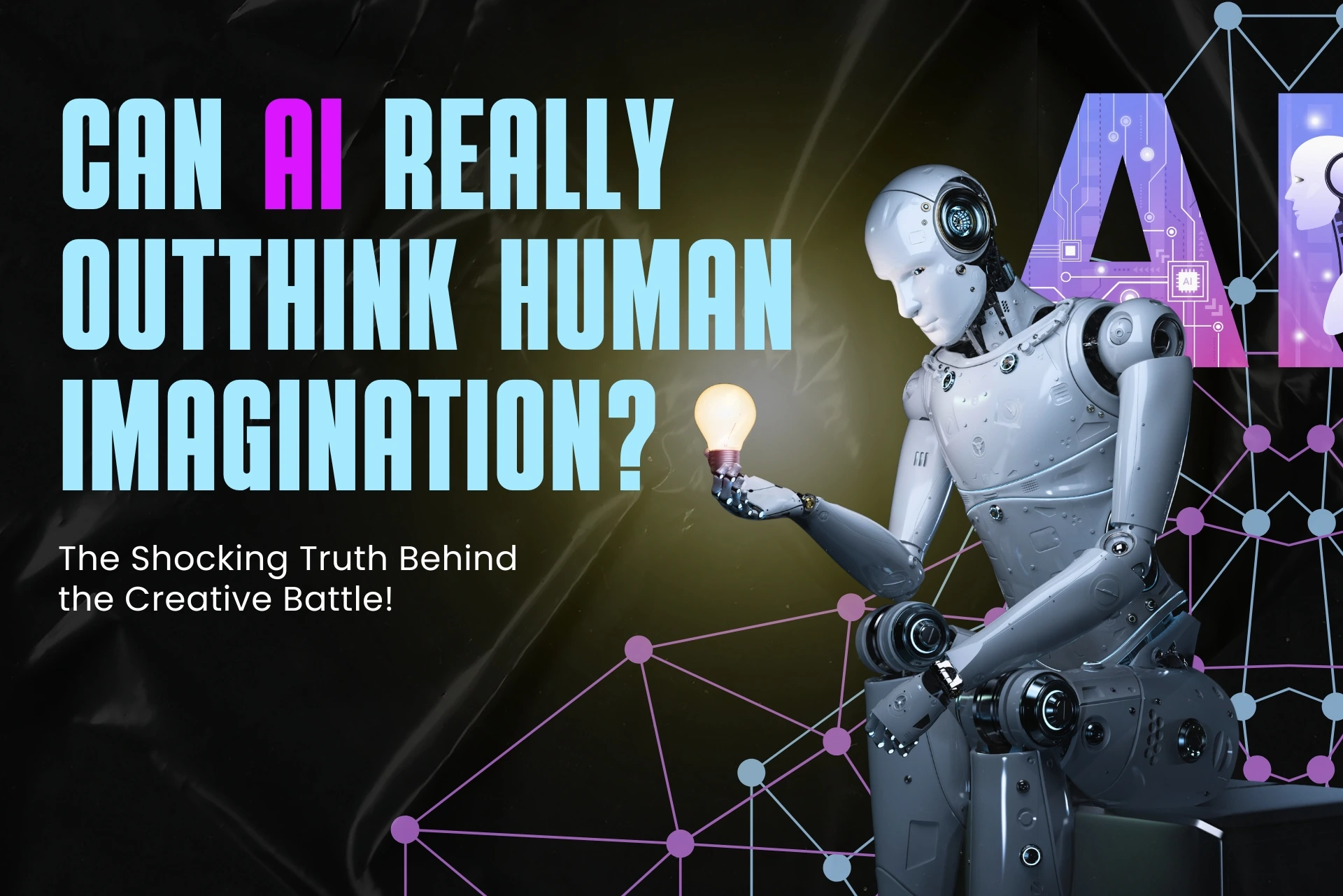
Artificial intelligence is taking over the creative world, and it’s doing it fast. But the real question is: can it ever truly replace the genius of the human mind? The answer might just shock you!
In today’s rapidly evolving digital landscape, artificial intelligence (AI) has become a significant force in almost every industry, including the creative arts. AI-generated art, music, literature, and even advertising campaigns are transforming brand storytelling and stretching the boundaries of technology.
But as AI continues extending its scope to previously human domains of creativity, the million-dollar question arises: Can AI truly match human imagination?
The continuous debate of AI vs human creativity is at the heart of a larger discussion about the future of creativity, innovation, and artistic expression.
Through this informative blog, let’s look at AI’s possibilities and limitations in creative fields and determine which is superior in the battle of AI vs human creativity.
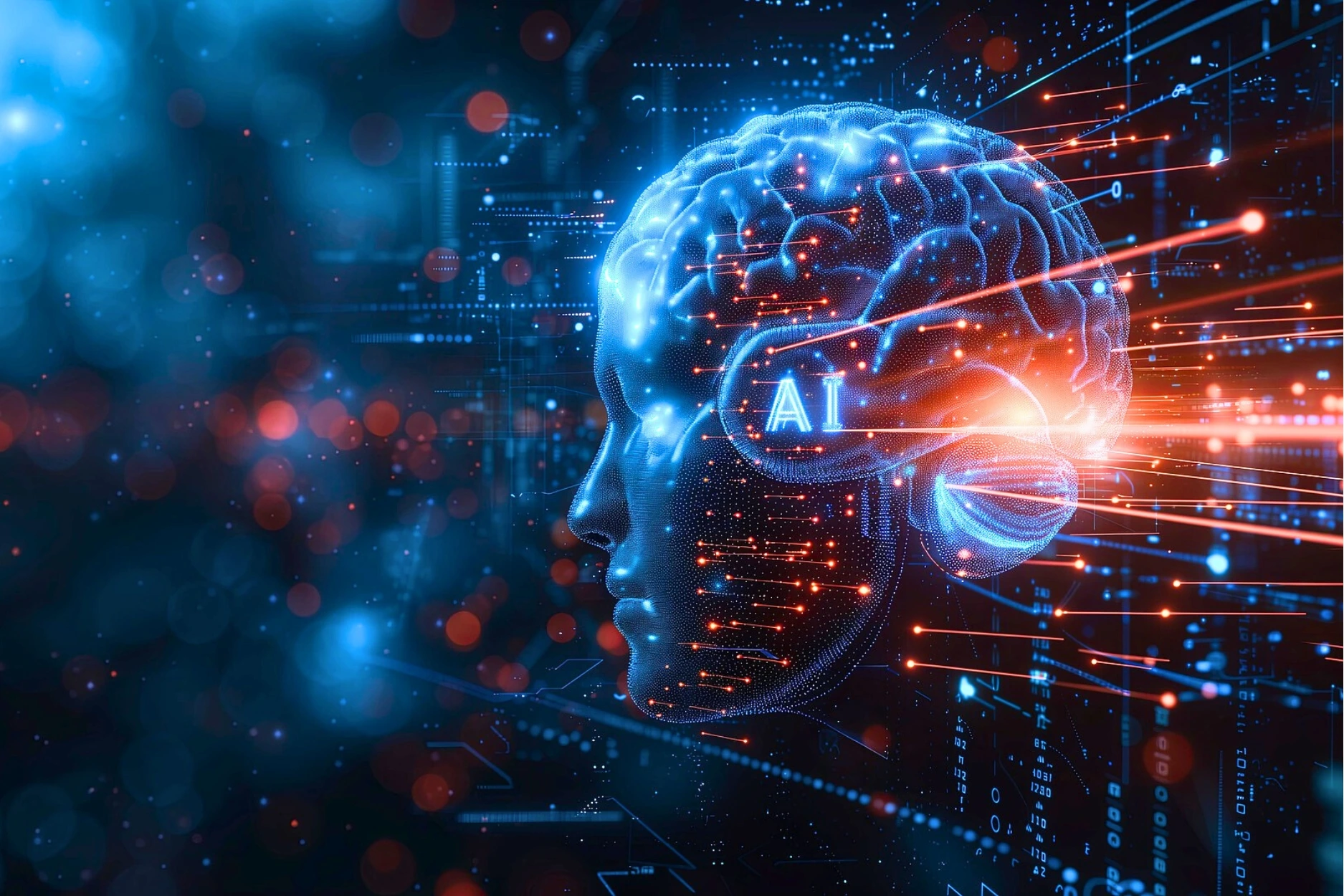
It’s essential to understand what creativity means in the context of artificial intelligence before discussing the contest between AI and human imagination. Instead of “thinking” or “imagining” as humans do, artificial intelligence (AI) analyzes enormous volumes of data, finds patterns, and produces content using algorithms it has learned.
AI-powered tools such as Google’s MusicLM, OpenAI’s ChatGPT, DeepDream, and DALL·E can create text, images, and music that can compete with human-produced content in some cases. These tools create new pieces that complement learned styles, themes, and structures after analyzing thousands or even millions of examples.
Does this mean that AI is genuinely creative, though? Or is it just repurposing and delivering preexisting human concepts in different formats?
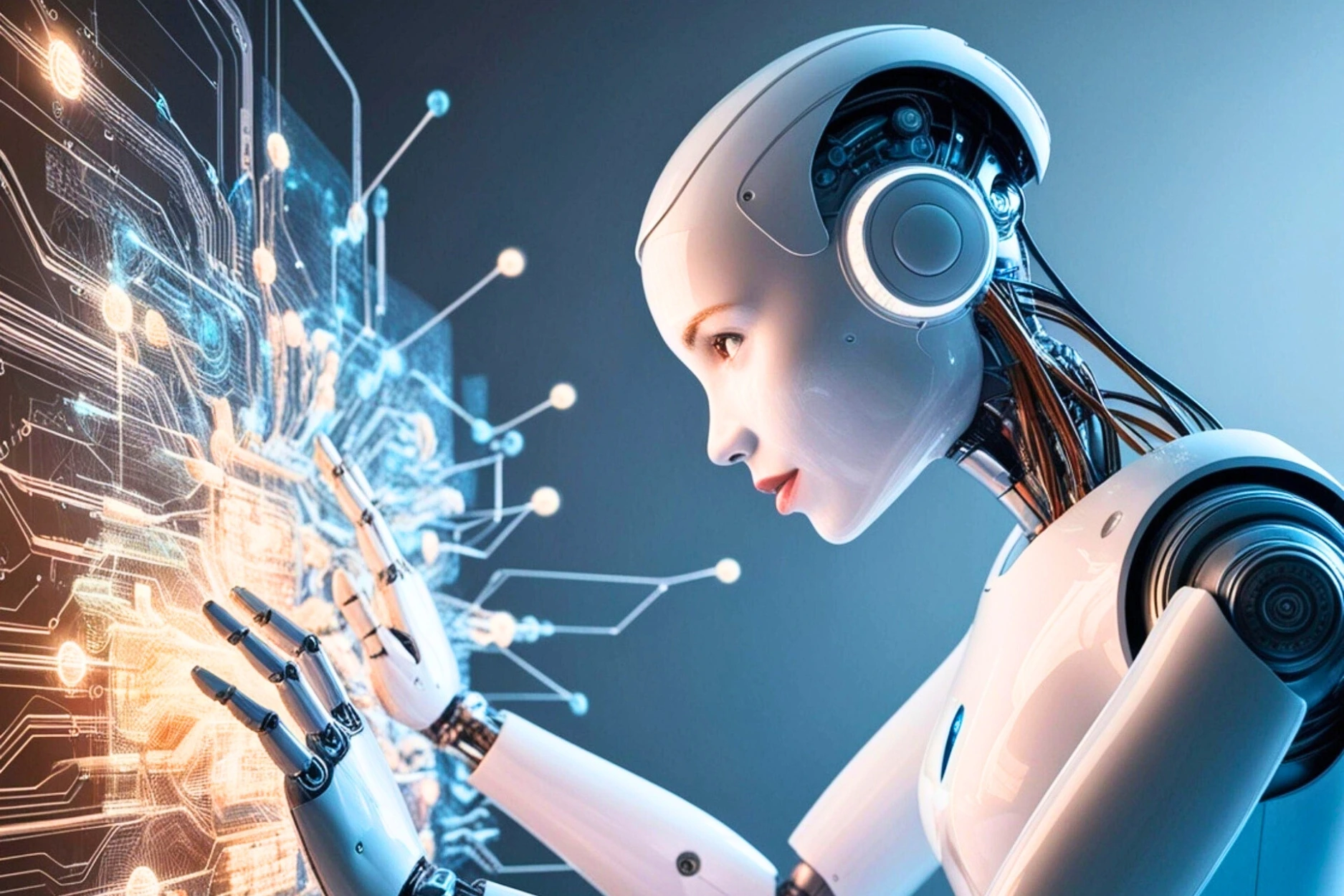
AI has transformed the creative process in a number of ways, including:
While humans may take hours, days, or even months to produce comparable work, artificial intelligence (AI) can produce high-quality creative content in seconds. This is especially helpful for sectors like journalism, advertising, and digital marketing that need to produce large amounts of content.
The ability of AI to produce ideas instantly is one of its greatest benefits. Many content creators use AI tools to generate new ideas or get past writer’s block when they get stuck. AI-driven writing and design assistants can help people improve and refine their work.
AI can analyze large volumes of user data to determine audience engagement, trends, and preferences. Compared to conventional techniques, this enables marketers, designers, and advertisers to produce highly targeted and personalized content that connects with audiences more successfully.
AI can produce content in various languages, formats, and styles. Its adaptability makes it an effective tool for creating content globally, from translating text to imitating multiple artistic techniques.
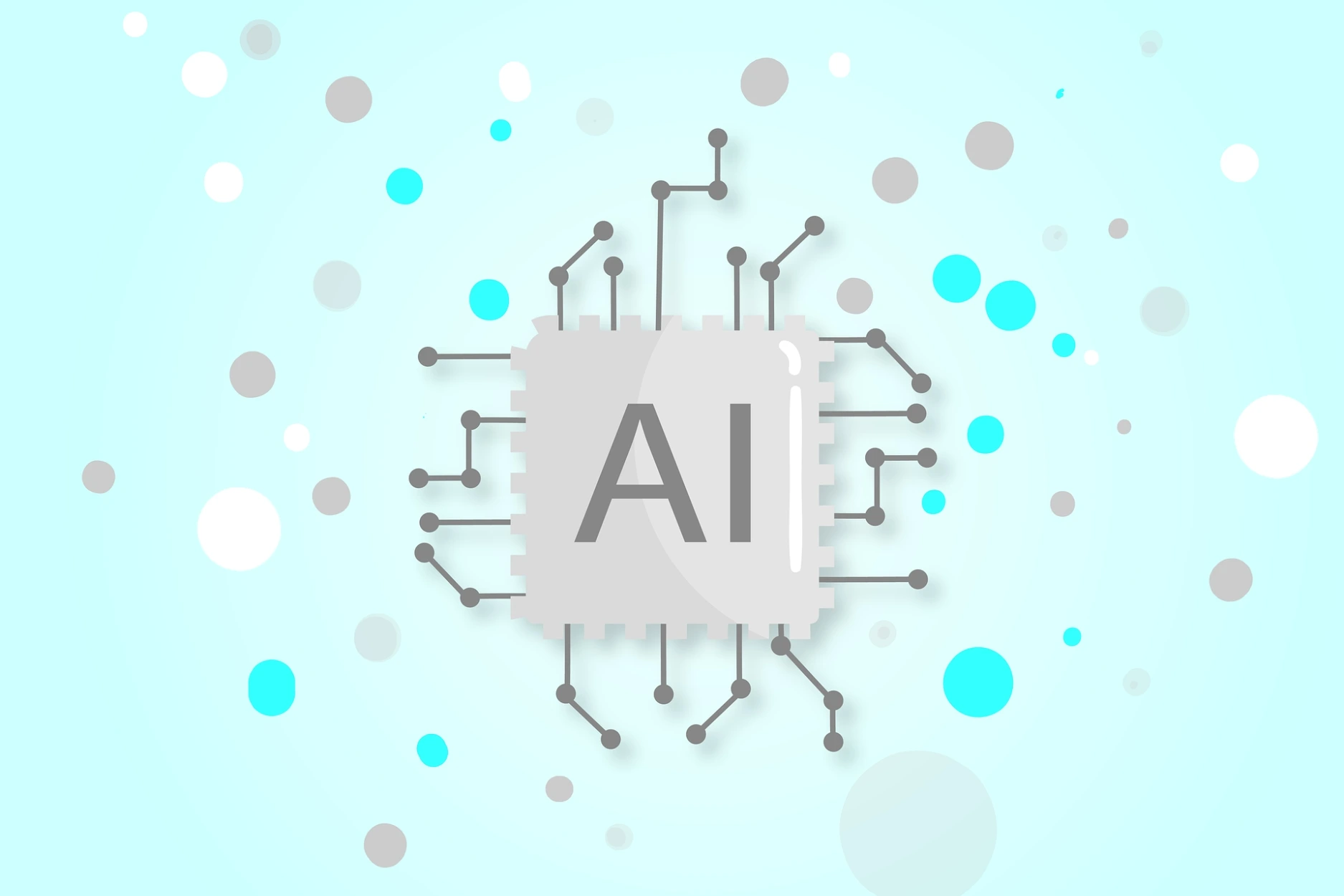
Even with its amazing powers, AI lacks in a few crucial creative domains:
AI doesn’t have feelings, life experiences, or original ideas; instead, it functions by analyzing patterns and data. It can produce creative outputs but can’t create something completely original without using existing data.
Human creativity is closely linked to feelings, individual experiences, and specific perspectives. Even though AI-generated content is technically sound, it frequently lacks the emotional resonance, depth, and subtlety of human-created work. This is especially evident in music, poetry, and storytelling.
Many AI-generated texts and artwork raise questions regarding copyright infringement and originality. Given that AI is trained on preexisting data, some of its products might unintentionally imitate or reproduce copyrighted material, creating moral and legal issues.
AI is excellent at spotting patterns and complying with regulations but has trouble with conceptual thought, improvisation, and creative problem-solving. AI is capable of offering variations on preexisting concepts, but it lacks the unexpected ideas and instinctive leaps that characterize genuine human creativity.
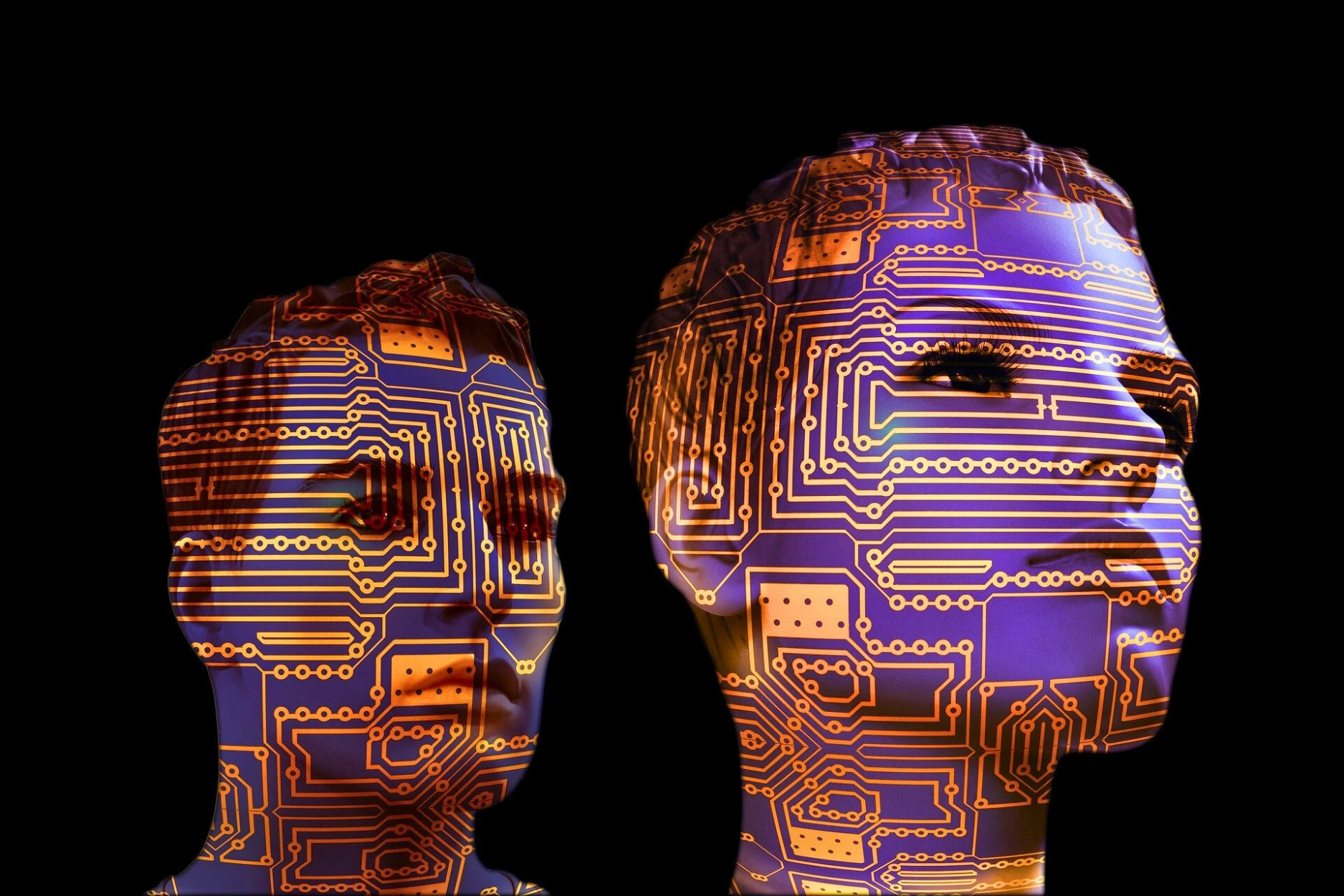
Even though artificial intelligence has clearly developed into a useful tool in creative fields, human imagination still has a big advantage. Creativity involves more than just putting together data-driven outputs; it also involves having the capacity to feel, dream, and push boundaries in ways that artificial intelligence cannot match.
Real human experiences are the source of great literature, music, and art. Because human creators infuse their work with raw emotions, a song can make one cry, a painting can convey sorrow, and a novel can inspire hope. AI, however, cannot feel emotions, which restricts its ability to produce genuinely passionate and significant art.
While AI is very good at copying current patterns, real innovation occurs when rules are broken. Humans are able to think creatively in new ways, challenge traditions, and think beyond logic. History has demonstrated that innovative creativity frequently results from defying expectations, something AI finds difficult to achieve.
Cultural, historical, and social contexts are fundamental to creativity. Although AI can produce content that seems culturally relevant, it cannot fully understand the significance of these contexts. An AI-generated poem might just combine words from preexisting love poems, but a human writer can create a poem about love influenced by their cultural background and personal experiences.
Errors and unanticipated discoveries have led to some of the greatest creative breakthroughs in history. While human artists embrace unexpected accidents and trial-and-error to create new artistic expressions, artificial intelligence is programmed to follow patterns and optimize for efficiency.
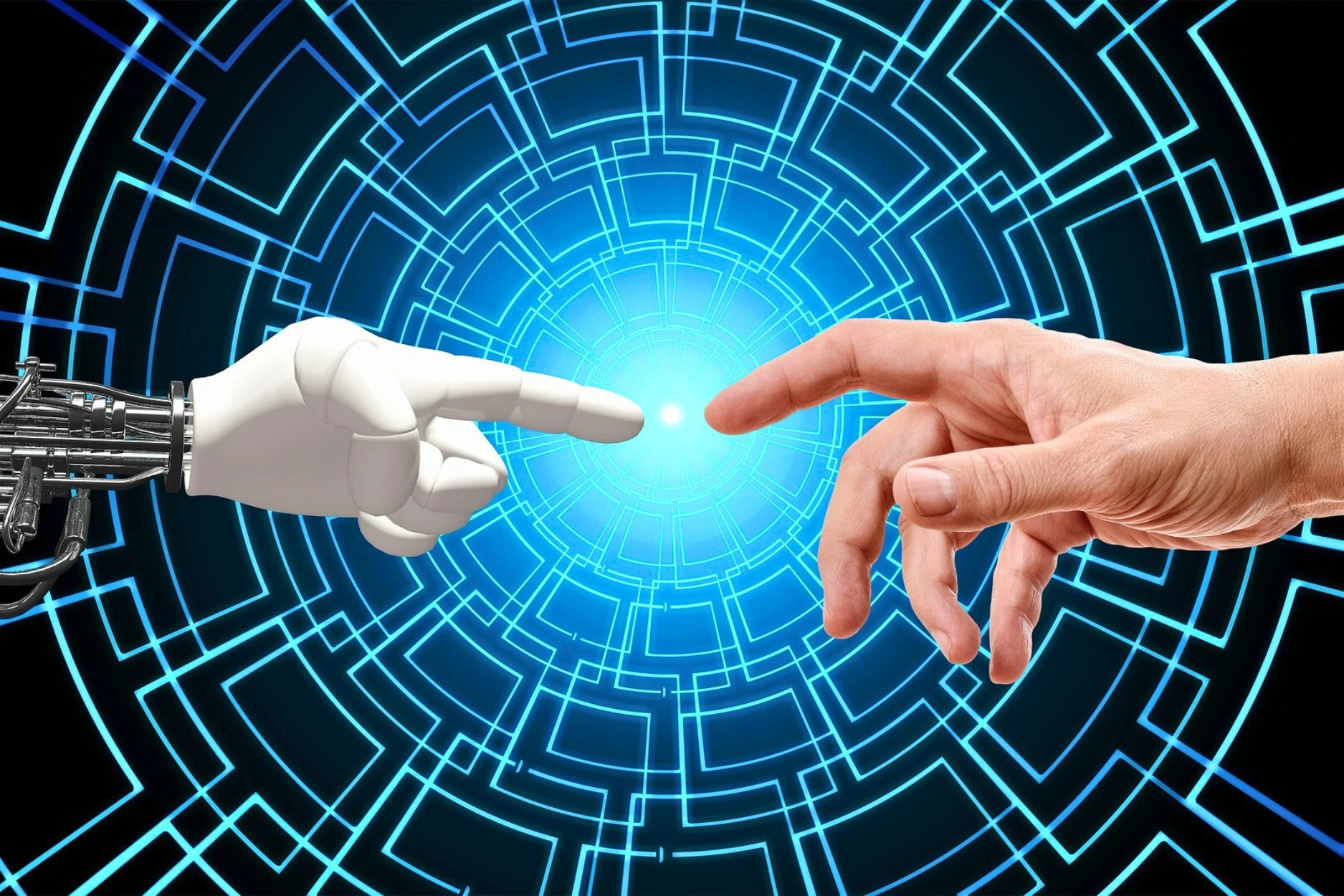
The more sensible and right perspective is one of combining both rather than viewing AI and human imagination as rivals. AI exists to support and enhance human creativity, not to replace it. It’s already being used by many writers, musicians, and artists as a tool to enhance their creative potential. For example:
AI’s contribution to creativity is expected to increase as it develops further, but artistic innovation will always be centred on human imagination. The future of creativity will ultimately be determined by human emotions, experiences, and originality, even though AI can inspire, automate repetitive tasks, and help scale creative work.
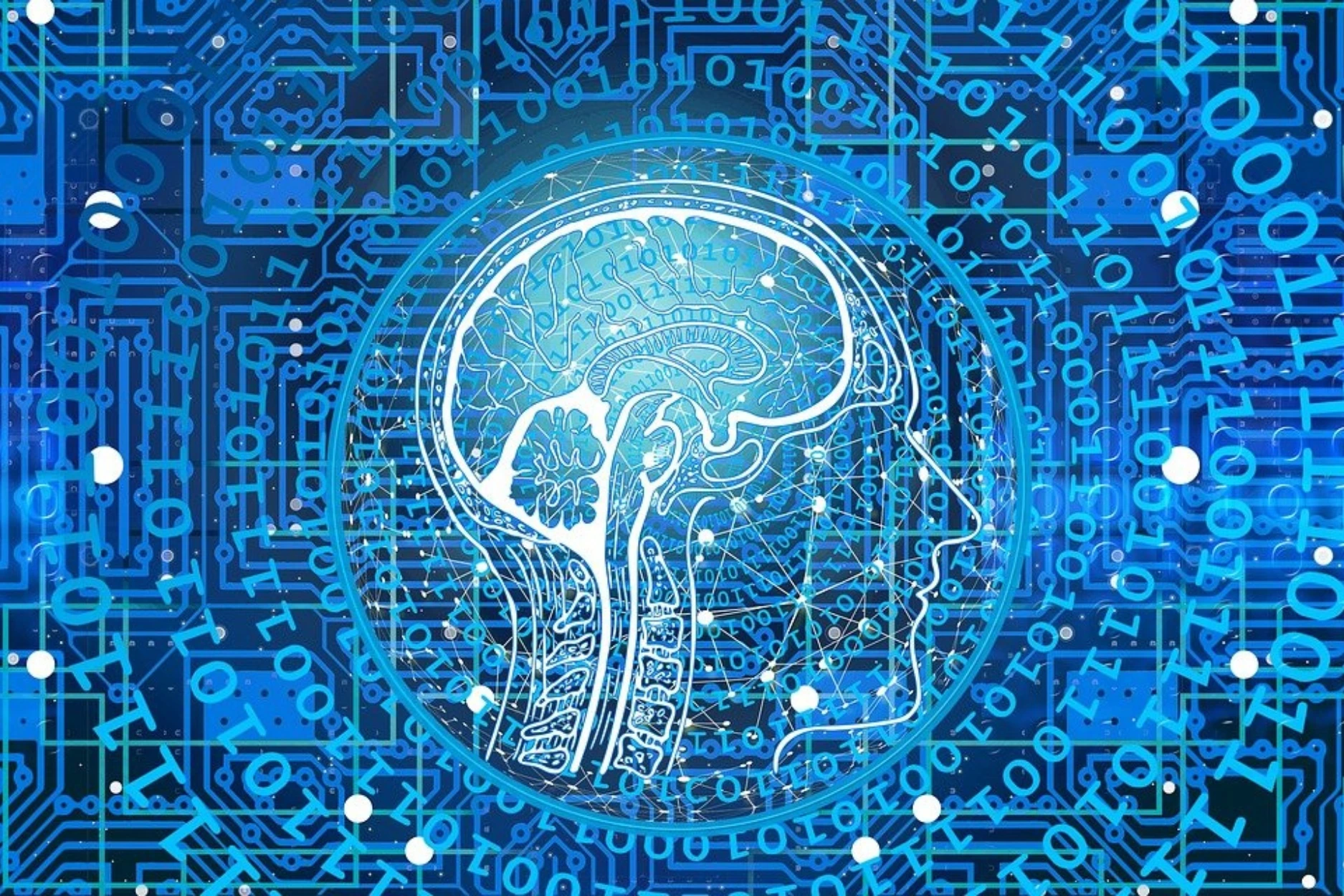
The answer regarding the debate of AI vs human creativity is obvious: while AI is a useful tool, human imagination still has the most depth, uniqueness, and emotional relatability. Even though AI can produce incredibly imaginative content, it lacks the passion, narrative, and capacity to question standards that are the fundamental components of creativity.
We should welcome AI as a collaborator rather than worry about it stealing our creativity. The future of design, literature, and the arts is not about AI vs human creativity but rather about how we can use AI to expand human imagination further.
Being creative involves more than just creating content; it also involves having vision, feeling, and connecting with others. And the human imagination will always be the most powerful force in that field, period!
Want to explore digital marketing services to help attain your business objectives? Call our digital marketing experts on +918989080822 to schedule a Free Strategy Call.
Maximize Your Online Visibility: Simple Strategies to…
Why Video Content is Essential for SEO:…
Do you think your 2025 marketing strategy…
For businesses familiar with digital marketing, the…
Think your brand videos are good enough…
From Instagram reels to WhatsApp statuses, Indians…
Think Raksha Bandhan Is Just About Rakhis…
You’re Posting Regularly… But No One’s Sharing…
Top-performing real estate agents already know these…
Imagine ranking #1 on Google… and still…
Influencer with Millions of Followers? Totally Overrated…
Google Changed the Search Algorithm (Again) —…
Not Your Usual Women Influencers! This Women’s…
Valentine’s Day is around the corner, and…
“Content marketing is really like a first…
Interested in trying out digital marketing for…
Looking to increase your product/service purchases online…
WhatsApp us